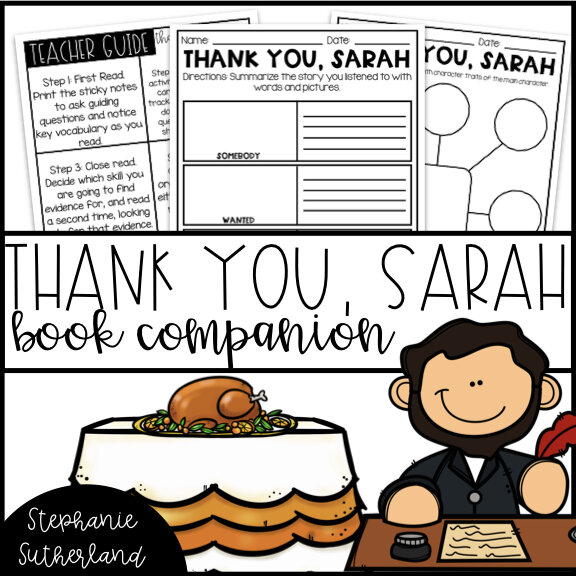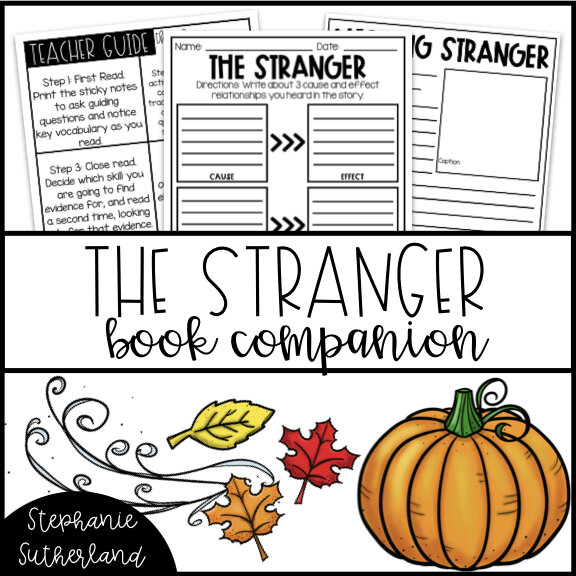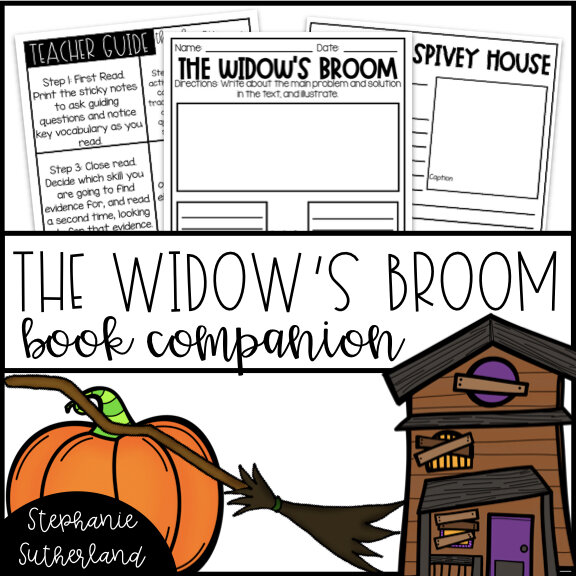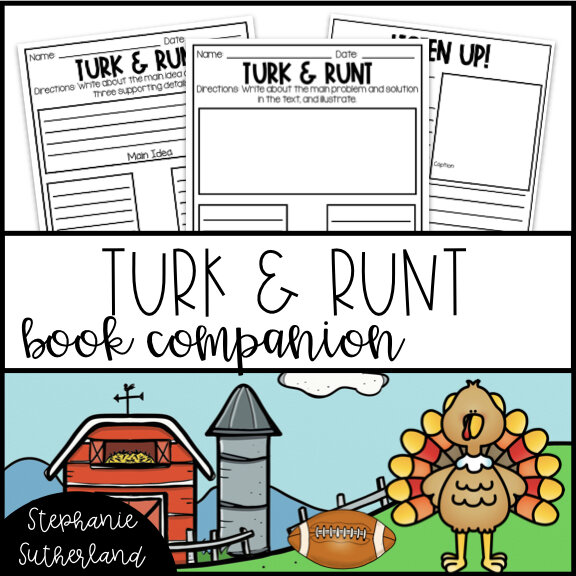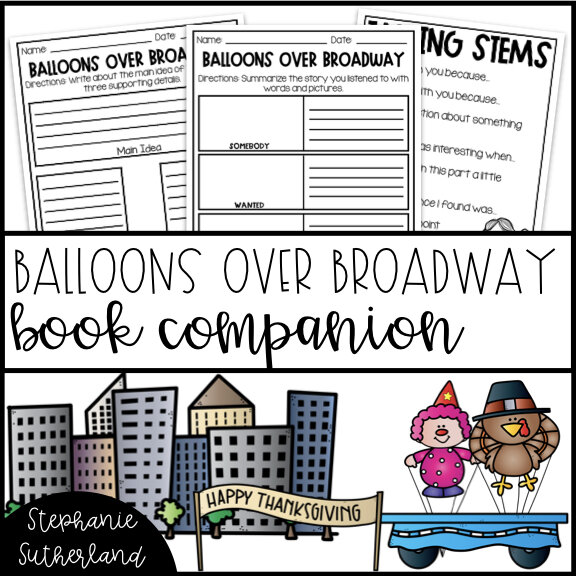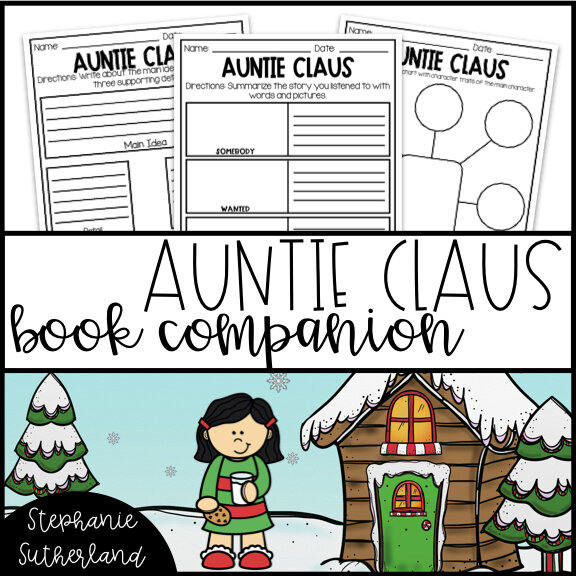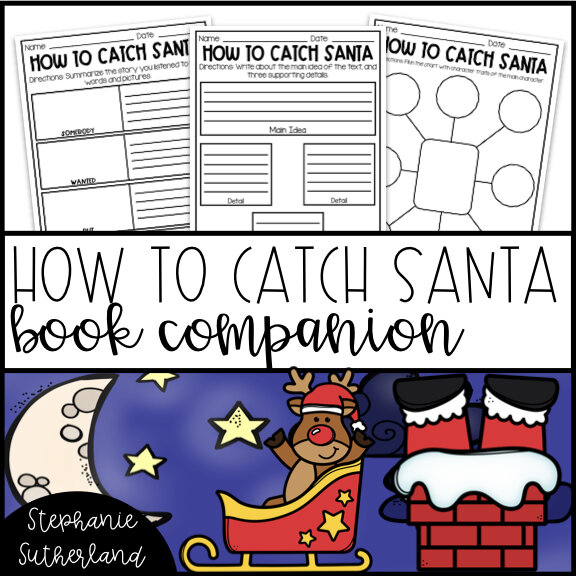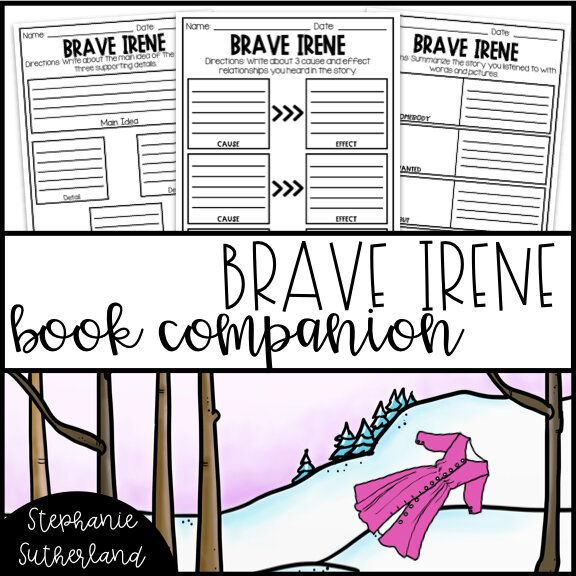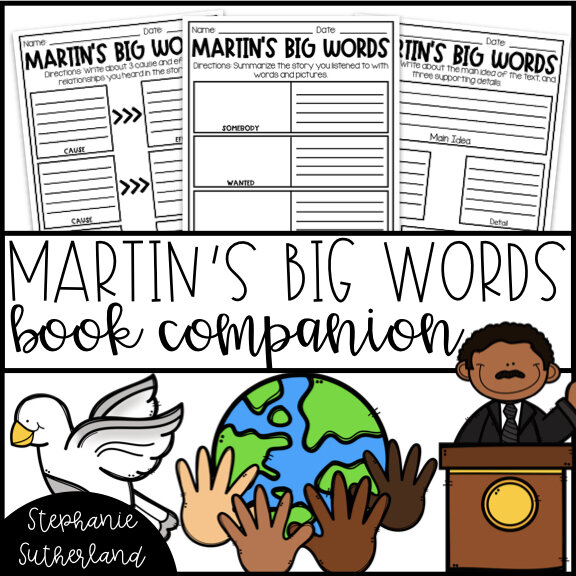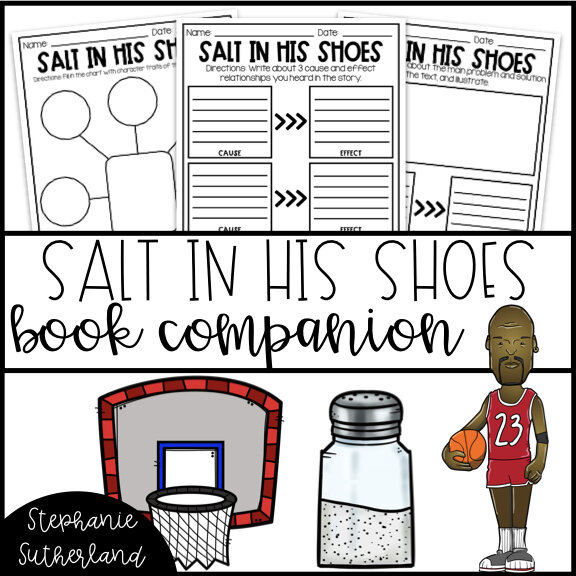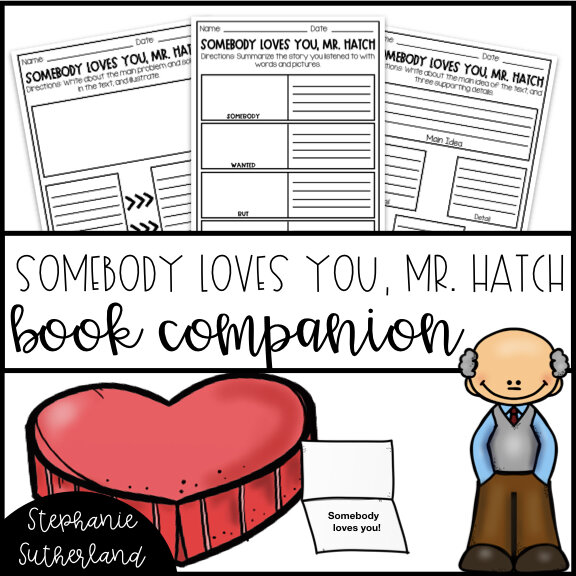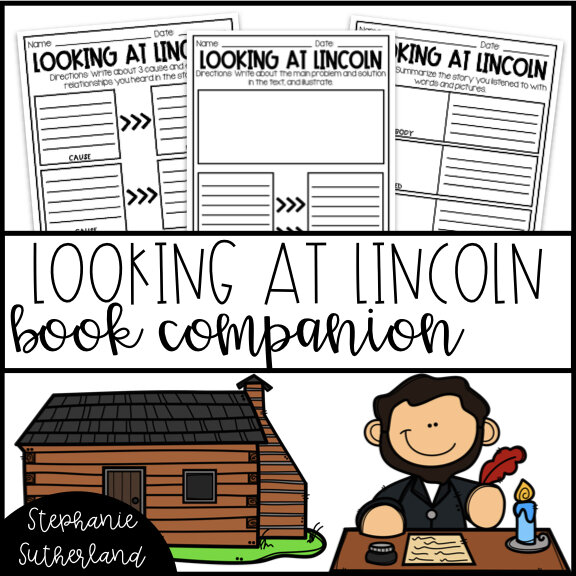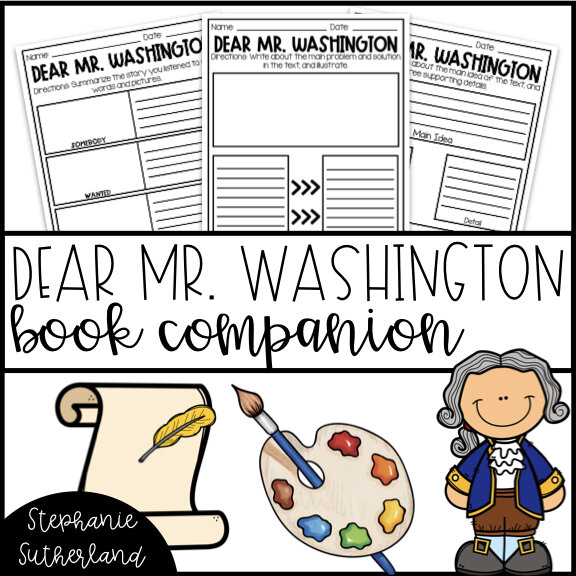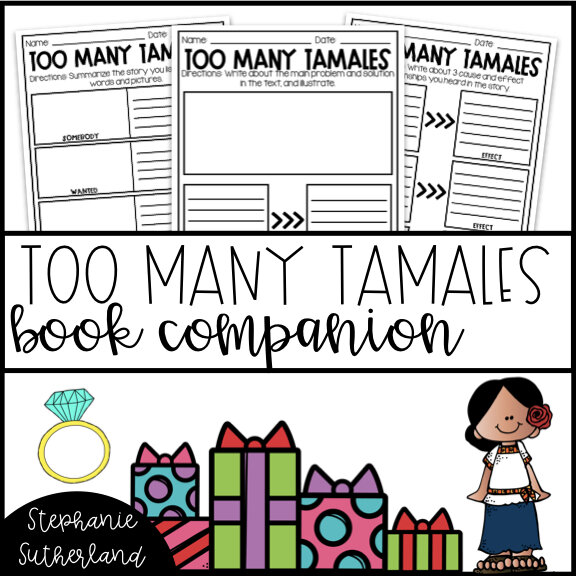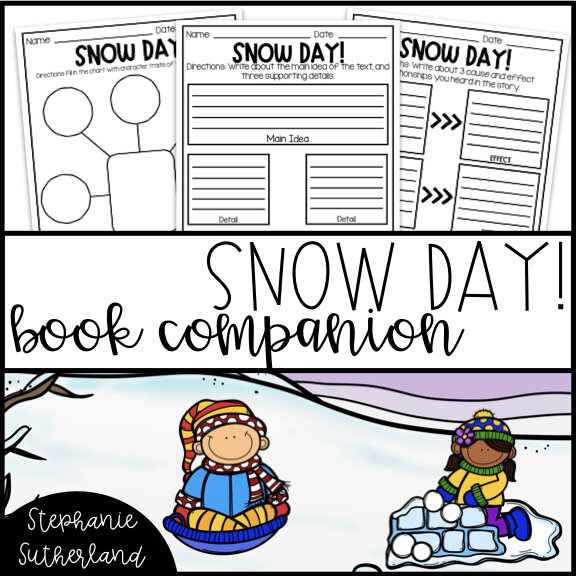Three Ways to Make Your Read Alouds More Meaningful
When you decided to become an elementary school teacher, chances are good you really wanted to instill a love of reading in your students. But then, maybe, you had an experience like I did. Maybe your district has been really test-heavy, and you can’t use all of the curriculum you want to use. Maybe you’re fighting an uphill battle with home lives: when the kids’ basic needs aren’t being met, it’s awfully difficult to inspire them to love a book, right? Maybe you have a lot of constraints on the way you run your literacy block: you have boxed curriculum to use in small groups, a small selection of “approved” texts, and a very strict routine to follow.
You know the one space where we always seem to have creative license? Our read alouds. Often, you can swap out whatever your canned-curriculum plans for you to use as a read aloud and not get too much kick back, especially if the book you choose fits the skill you’re teaching nicely!
Today, I want to share with you three ways to make your read aloud time more meaningful, If you have a lot of constraints on your teaching, and you can see the love of reading being drained from your students…these tips may help light that spark for your kids again!
Connect Back to What They Already Know
You do this while you’re reading, but you probably aren’t consciously aware of it. When you start reading something you, your brain starts scrambling to make sense of it based on what you already know and understand. This is your schema-the stuff you know and understand about the world and life experiences. Your schema is the thing that makes you cry when a major character dies in a novel. You have schema about what the pain of loss feels like, and you can empathize with the characters and how they are feeling. Your schema helps you make sense of a complex, nonfiction text. You grab the vocabulary you know, process the things you understand, and make analogies to things you don’t quite get-all while you’re reading.
Our young readers don’t do this very well. First of all, they don’t have all of the schema that we have as adults. They don’t have as many knowledge banks to pull out when they are reading. Second of all, retrieving this schema is something that needs to be modeled to help develop it. Your students may not see the parallel to the problem that a character is having to something they’ve been dealing with at school. They may not see the way that one process in nature is similar to another that you’ve already learned about.
Help them make these connections, and they will have a lot more buy-in to what you are about to read, and comprehend it at a deeper level!
Vocabulary Enrichment
I recently read a recipe that was talking about “proofing” dough. It was a bread recipe, and I had never heard this term before. I could NOT move on. I wanted to read the rest of the recipe and see the full scope of how complicated the steps were going to be, but I couldn’t move on from the word “proofing”.
Turns out it simply means letting the dough sit out and rise. (If you make bread you’re reading this and thinking…ummm…duh.) Being offered a synonym that I knew helped me make sense and read the recipe easily.
Our students will need this while we’re reading. Some people believe it’s better to front-load vocabulary before you read. Others believe that you should pause when you encounter a difficult word and have a teaching moment with it. I personally don’t think it matters all that much, as long as you’re acknowledging that there will be words that the kids don’t know when they’re reading, and helping them use tools to figure out what that word could mean. Otherwise, they’re sitting there thinking about that word they couldn’t make sense of, as you’re reading on. By the time their brains catch up to your words, they’ve missed a whole chunk of text.
Enthusiasm
This seems obvious, but I’m going to say it anyways because I think some people need to hear it: boring read alouds do not engage readers. They tune them out. A room full of tuned-out students completely defeats the point of taking the time to do a read aloud at all. Changing your voice, changing your volume, changing your facial expression…all of that actually matters. You don’t have to put on a one-woman (or man) show for your students, but please for the love of all that is good, read with at least a little enthusiasm for what you’re reading. If you want the kids to learn from it, that excitement alone should show up in your voice. Kids can tell when you care about what you’re teaching and when you don’t.
In my store, I have a collection of interactive read aloud lessons. These are complete with guided comprehension questions, vocabulary to review, a post-reading discussion activity for your students, a writing extension activity, and graphic organizers for pulling text evidence out about specific skills! If you want to browse my collection, see the collection below, and check them out in my store! These exist to make the power of read alouds more accessible for teachers everywhere. I urge you to reclaim one corner of your literacy instruction for your kids, if you have red tape everywhere you look. You have the power to instill a love of reading in your kids…in only 15 minutes a day! Read alouds are THAT powerful!






